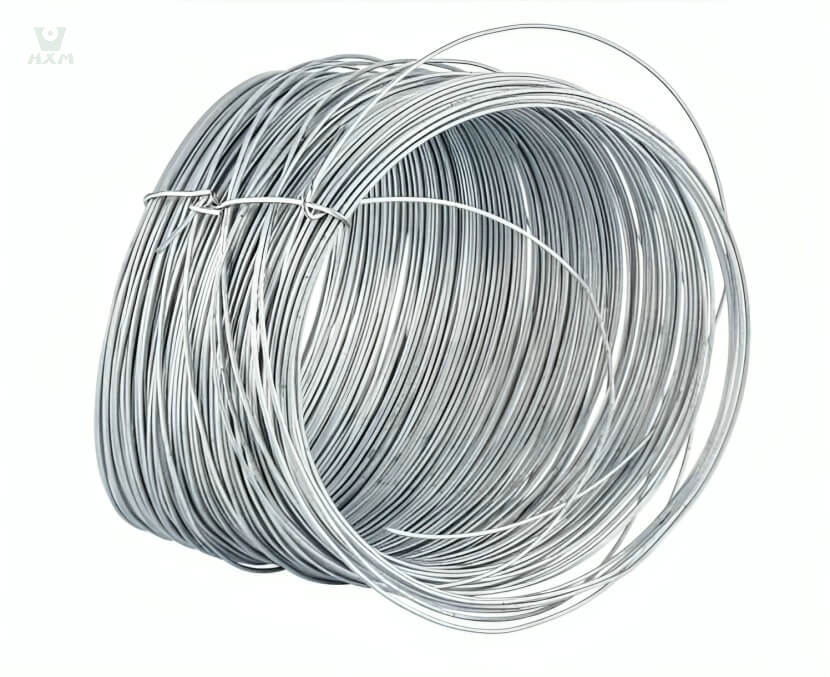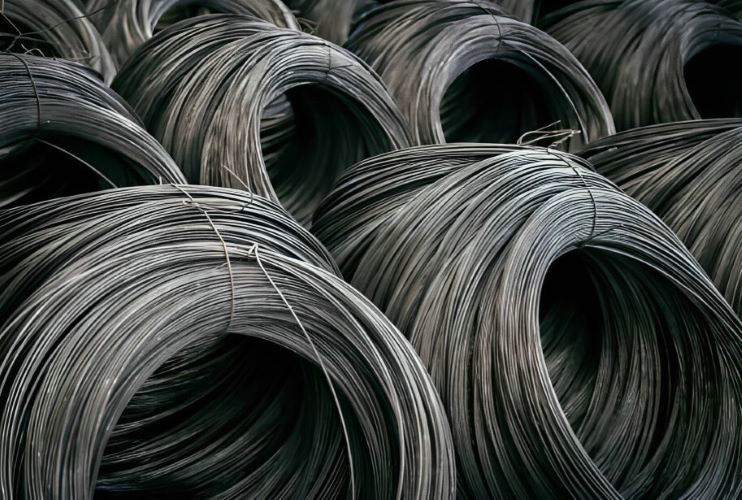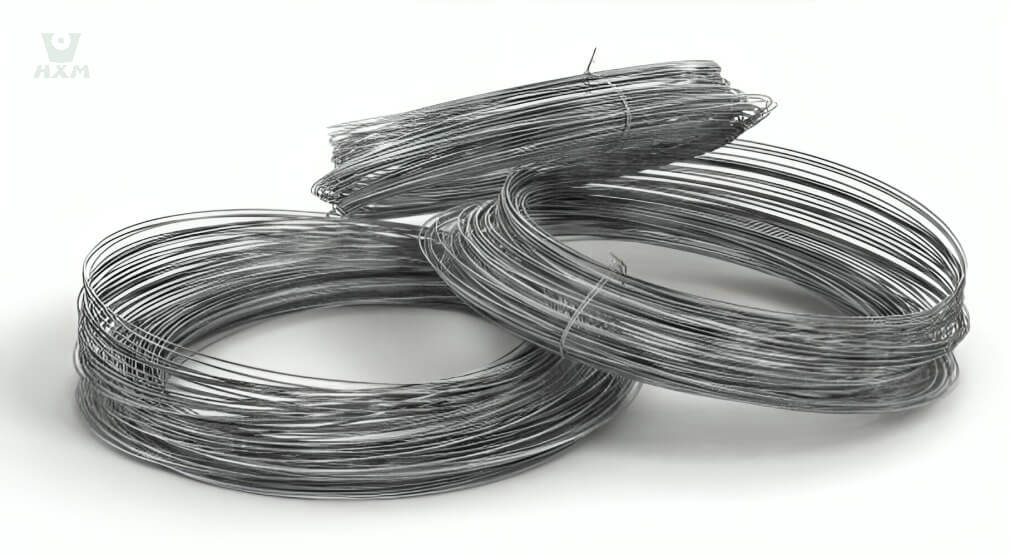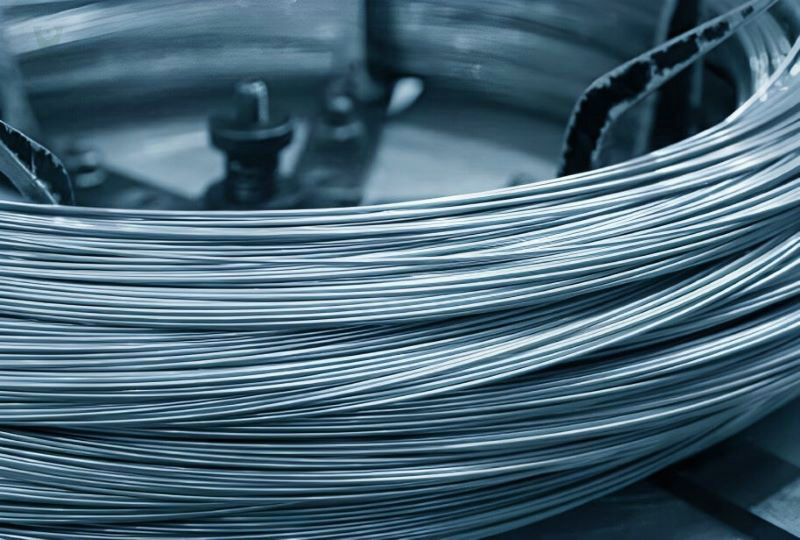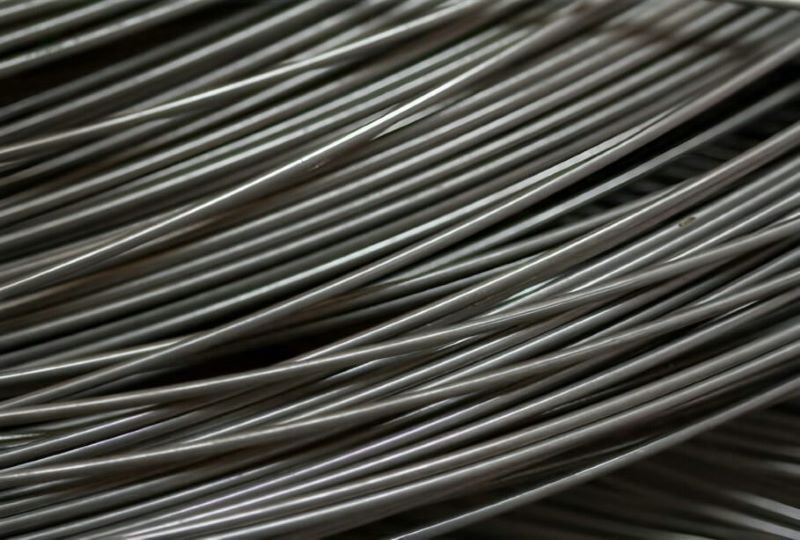What is the melting point of stainless steel? Stainless steel, as an alloy, differs from the phenomenon of a single metal melting at a specific temperature. Instead, the melting process of stainless steel occurs within a particular temperature range. This range depends on its chemical composition, especially the influence of alloy additives. These additives play a role in stainless steel, causing its melting temperature range to decrease relatively.
The melting points of pure iron, chromium, and nickel are 1535°C, 1890°C, and 1453°C respectively, while the melting point of 304 stainless steel fluctuates between 1400-1450°C. The existence of this temperature range provides important clues for us to better understand and apply the performance of stainless steel. By understanding the melting point characteristics of stainless steel, we can better grasp its performance in different temperature environments, providing guidance for practical applications.
table of content
——Stainless Steel Manufacturer – Huaxiao Stainless Steel
Why it is important to know
the melting point of stainless steel
melting points of different grades of stainless steel alloys
The amount of heat required to melt stainless steel varies depending on the grade of stainless steel alloy. From austenitic stainless steels like 304, 316, and 317, to ferritic stainless steels like 430 and 434, and martensitic stainless steels like 410 and 420, there are countless different stainless steel formulations. Additionally, many stainless steels have low-carbon variants. The challenge in attempting to provide a comprehensive statement on the melting points of stainless steel lies in the fact that all these alloys have different temperature tolerances and melting points.
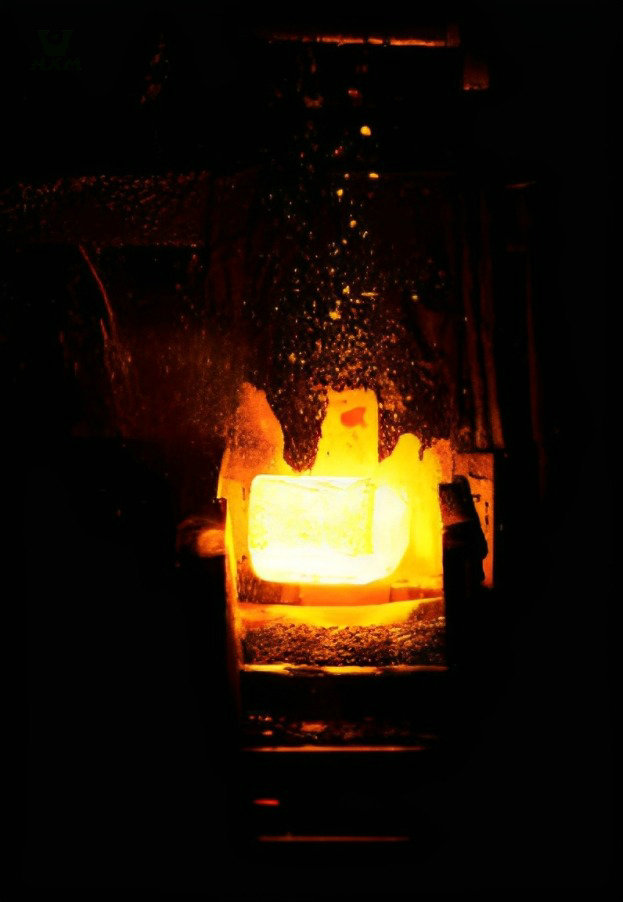
——Stainless Steel Manufacturer – Huaxiao Stainless Steel
Here are the melting points of different grades of stainless steel alloys:
- Melting point of stainless steel-304: 1400-1450°C (2552-2642°F)
- Melting point of stainless steel-316: 1375-1400°C (2507-2552°F)
- Melting point of stainless steel-430: 1425-1510°C (2597-2750°F)
- Melting point of stainless steel-434: 1426-1510°C (2600-2750°F)
- Melting point of stainless steel-420: 1450-1510°C (2642-2750°F)
- Melting point of stainless steel-410: 1480-1530°C (2696-2786°F)
You may have noticed that each of these melting points is presented as a range rather than an absolute number. This is because even within a specific stainless steel alloy, there is still the possibility of slight variations in formulation that could affect the melting point.
The Impact of High Temperatures on Stainless Steel
In high-temperature environments, the tensile strength of many materials, including steel, tends to decrease significantly. When approaching its melting point, stainless steel experiences a noticeable reduction in rigidity, making it more prone to bending during the heating process.
Taking stainless steel alloys as an example, suppose the alloy can maintain 100% structural integrity at 870°C (1679°F). However, when the temperature rises to 1000°C (1832°F), its tensile strength will decrease by 50%. This means that if a basket made of this alloy could originally withstand a maximum load of 100 pounds, after exposure to high temperatures, its load-bearing capacity will be halved, supporting only 50 pounds of weight. More importantly, at elevated temperatures, the basket is more prone to bending deformation under load.
Additionally, high temperatures can affect the protective oxide layer of stainless steel, compromising its rust resistance and increasing the risk of future corrosion. In some cases, extreme temperatures may also cause scaling on the metal surface, which not only affects the handling performance of components but may also adversely affect the performance of customized wire.
Furthermore, high temperatures can lead to the thermal expansion of metal in customized steel wire baskets, potentially causing the loosening of weld joints.
Why It Is Important To Know?
---The Impact of High Temperatures on Stainless Steel
In high-temperature environments, the tensile strength of many materials, including steel, tends to decrease significantly. When approaching its melting point, stainless steel experiences a noticeable reduction in rigidity, making it more prone to bending during the heating process.
Taking stainless steel alloys as an example, suppose the alloy can maintain 100% structural integrity at 870°C (1679°F). However, when the temperature rises to 1000°C (1832°F), its tensile strength will decrease by 50%. This means that if a basket made of this alloy could originally withstand a maximum load of 100 pounds, after exposure to high temperatures, its load-bearing capacity will be halved, supporting only 50 pounds of weight. More importantly, at elevated temperatures, the basket is more prone to bending deformation under load.
Additionally, high temperatures can affect the protective oxide layer of stainless steel, compromising its rust resistance and increasing the risk of future corrosion. In some cases, extreme temperatures may also cause scaling on the metal surface, which not only affects the handling performance of components but may also adversely affect the performance of customized wire.
Furthermore, high temperatures can lead to the thermal expansion of metal in customized steel wire baskets, potentially causing the loosening of weld joints.
Melting Point Variations in Different Grades of Stainless Steel
Stainless steel is categorized into five families and encompasses over 150 distinct grades, though only around 15 are frequently used.
The most commonly utilized grades are 304 and 316 stainless steel, both belonging to the austenitic stainless steel family. This family constitutes about two-thirds of all stainless steel produced and is characterized by a face-centered cubic crystal structure that remains stable from cryogenic temperatures to the melting point.
The melting points of stainless steel can differ significantly among grades. For instance, grade 316 stainless steel has a melting point as low as 1375°C, while grade 430 stainless steel can reach up to 1510°C. The widely used 304 grade has a melting point range between 1400°C and 1450°C.
| Metal | Melting Point (Celsius) | Melting Point (Fahrenheit) |
|---|---|---|
| Aluminum | 659 | 1218 |
| Brass (85 Cu 15 Zn) | 900-940 | 1652-1724 |
| Bronze (90 Cu 10 Sn) | 850-1000 | 1562-1832 |
| Cast Iron | 1260 | 2300 |
| Copper | 1083 | 1981 |
| Gold (24k) | 1063 | 1946 |
| Iron | 1530 | 2786 |
| Lead | 327 | 621 |
| Nickel | 1452 | 2646 |
| Palladium | 1555 | 2831 |
| Platinum | 1770 | 3220 |
| Red Brass | 990 – 1025 | 1810-1880 |
| Silver (Pure) | 961 | 1762 |
| Silver (Sterling) | 893 | 1640 |
| Stainless Steel | 1363 | 2550 |
| Steel – High Carbon | 1353 | 2500 |
| Steel – Medium Carbon | 1427 | 2600 |
| Steel – Low Carbon | 1464 | 2700 |
| Tin | 232 | 450 |
| Titanium | 1795 | 3263 |
| Yellow Brass | 905 – 932 | 1660-1710 |
| Zinc | 419 | 786 |
——Stainless Steel Manufacturer – Huaxiao Stainless Steel
conclusion
With the continuous advancement of technology and rapid industrial development, applications in high-temperature environments are becoming increasingly common. Therefore, a thorough understanding and application of the melting point of stainless steel are particularly important. Understanding the melting point of stainless steel not only helps us select appropriate materials for various high-temperature applications but also enables us to optimize design and manufacturing processes, ensuring the long-term stability and safety of equipment and structures in high-temperature environments.
Huaxiao Metal is committed to providing you with a diverse range of stainless steel products in various grades and shapes to meet your different application needs. Whether you want to learn more about product details, customize special specifications, or discuss cooperation opportunities, we welcome your inquiries at any time.


